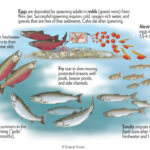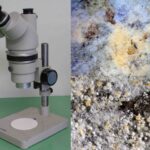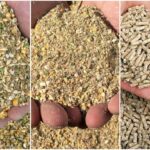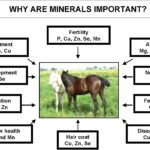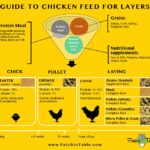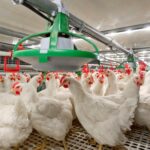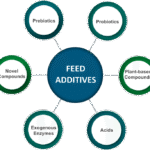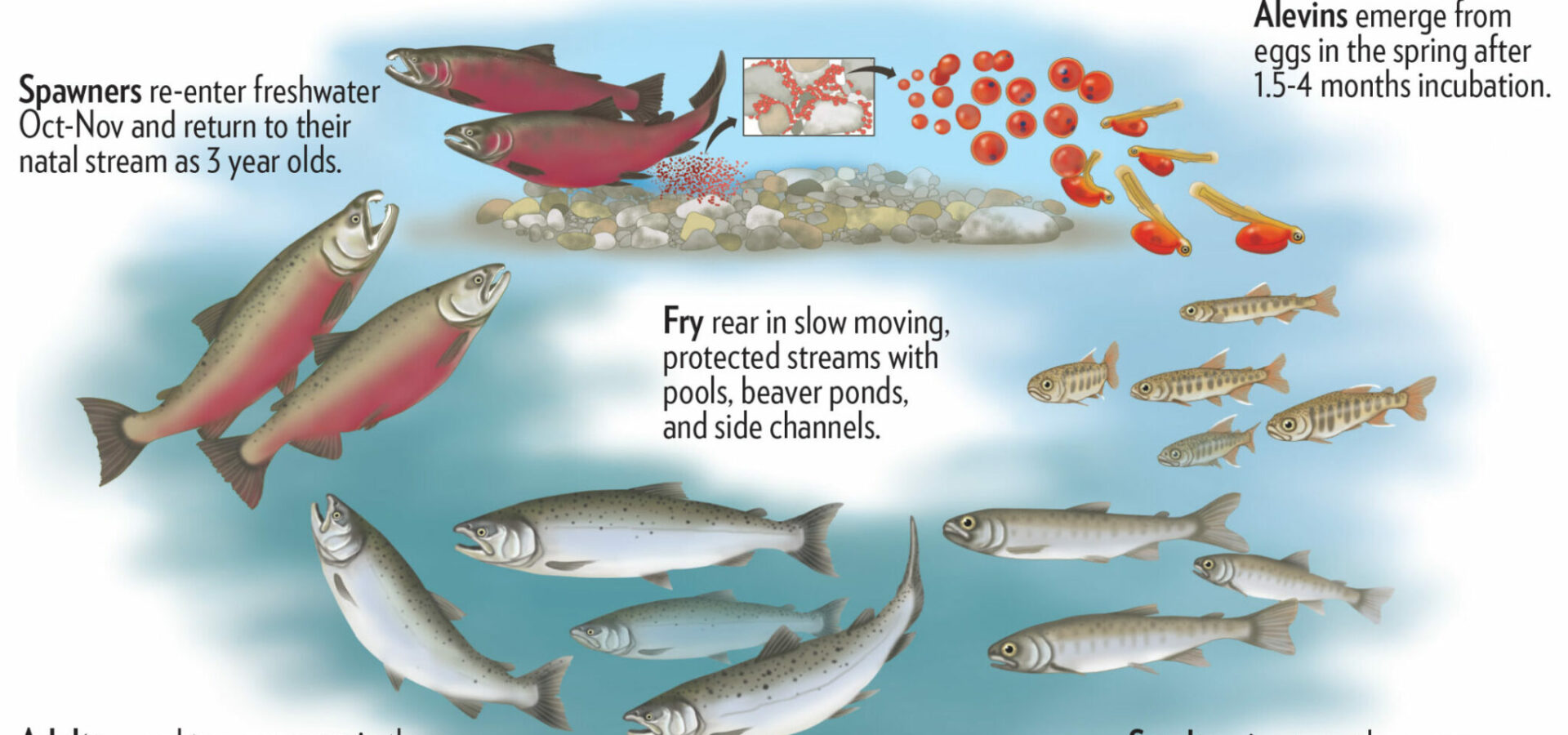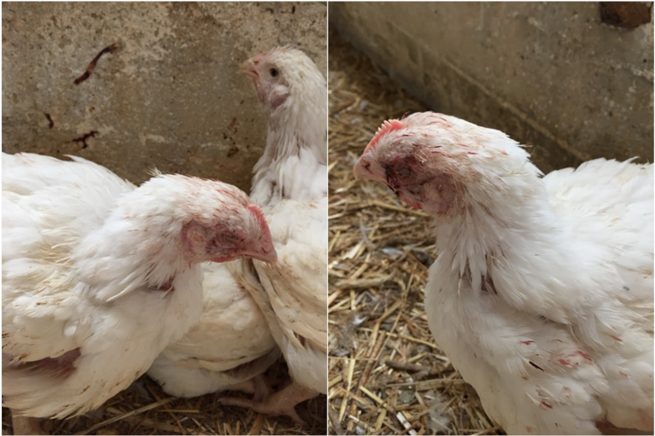
Nutrient Deficiencies Diseases and Their Prevention in Broiler
Nutrient deficiencies can lead to various diseases and health problems in broiler chickens if not addressed promptly. Here are some common nutrient deficiencies, their associated diseases, and preventive measures: 1. Vitamin A Deficiency: – Disease: Vitamin A deficiency can lead to poor growth, skeletal deformities, reduced immunity, and eye problems such as conjunctivitis and…

